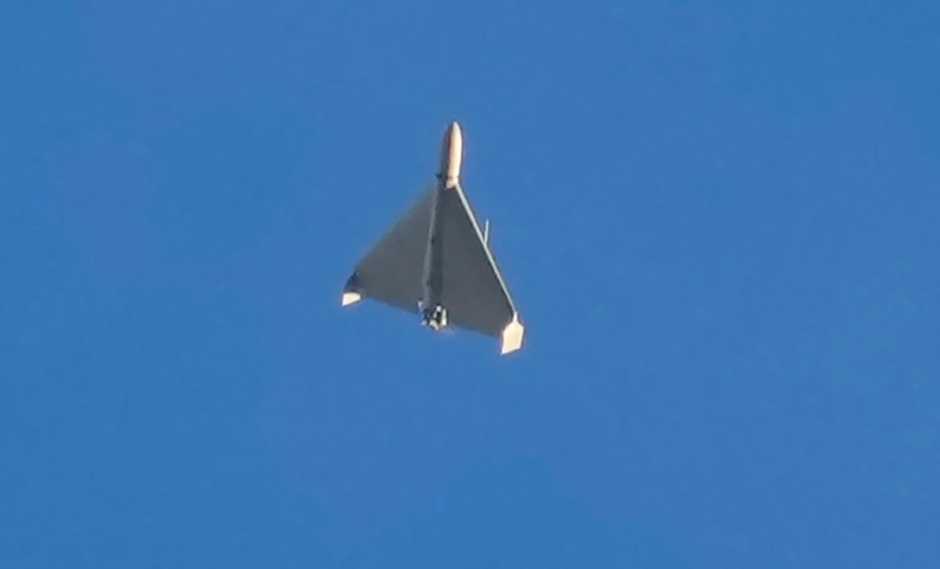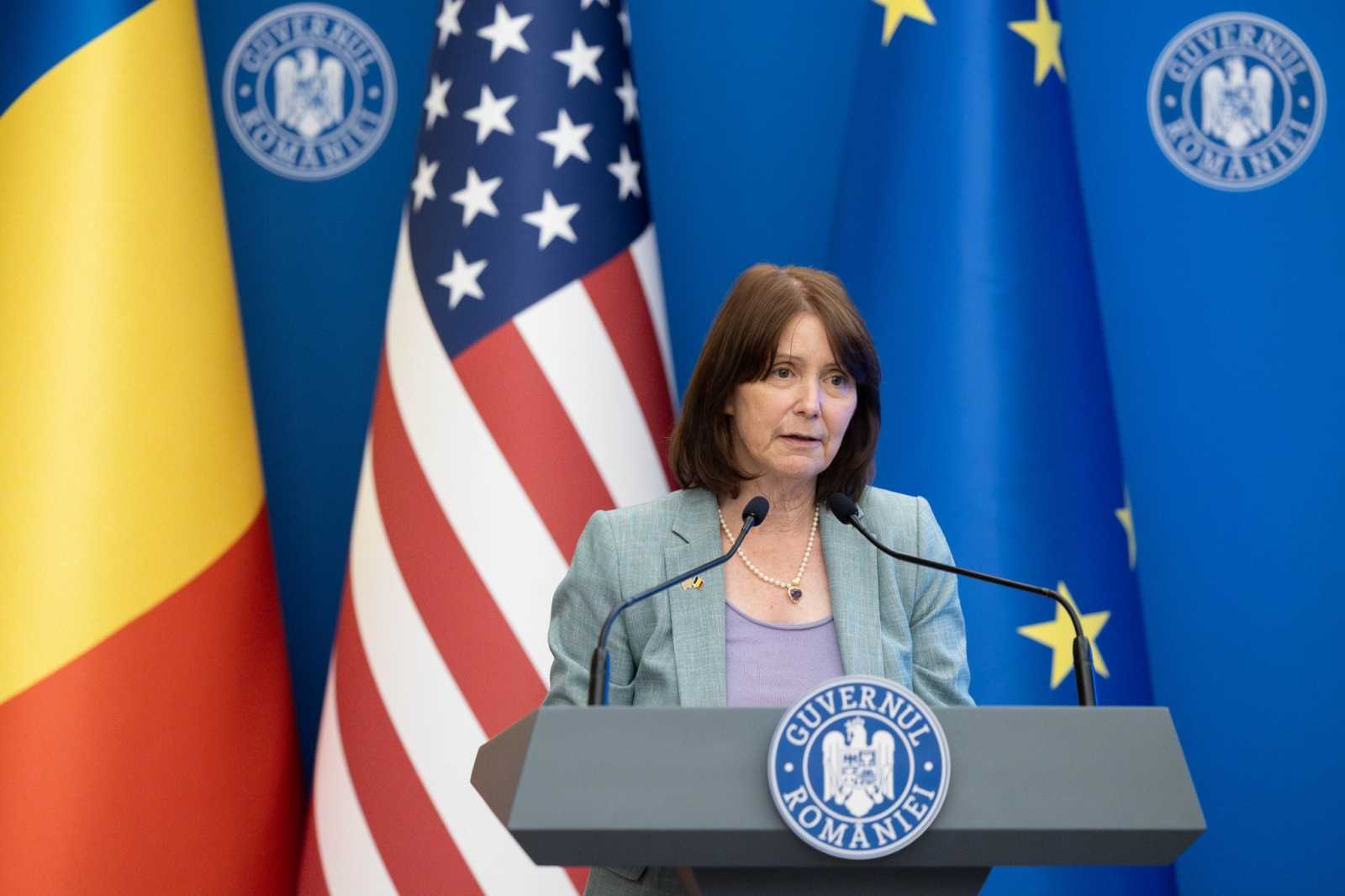The European Union, which brings together 27 member states, has faced unequal growth in recent years, as its largest economy in stagnation or a little decreased.
Despite the recent challenges, the European Union is still an important global economic power, which has a strong industrial base, an advanced financial sector and large -scale commercial relations, although its general impact is subject to the promotion of competition.
Germany, France and Italy have always been the largest farm of the European Union, driven by industrial power, financial contract and manufacturing forces.
Together, they represent about 53 percent of GDP $ 19.4 trillion, while Germany alone exceeds the total emissions of the smallest 20 economies in the European Union.
However, these three largest economies achieved stagnant or negative growth last year.
Spain and the Netherlands have grown from the first five centers, to 68 percent. Meanwhile, Malta reached the highest growth of GDP, 5 percent in 2024, but it is still the smallest economy in the European Union, only 0.1 percent of GDP.
The United Kingdom, which joined the European Union in 1973 and officially graduated in 2020, recorded $ 4.4 trillion in 2024, which will be the second largest national income after Germany if we are still counting members of the European Union with the British.










































